Will the Butternut go the way of the American Chestnut?
A while back, I posted on the fate of the American chestnut, nearly annihilated by a fungal disease, and now, with the help of a dedicated group of scientists and hobbyists, making a slow comeback. The situation for the chestnut was, and to an extent, remains, pretty bleak, because the loss has been so thorough.
Sadly, a the same scenario seems to be playing out again with another American nut tree, the butternut (Juglans cinerea). Beginning in the late sixties, a new disease called Butternut Canker began to spread, and today over 80% of the butternut trees have already been lost. Still, the situation has not yet reached the point that the chestnut or the elm did, and the possibility remains that the butternut can be saved. Scientists have found evidence that resistant trees may exist, and that there may even be a particular bark phenotype associated with this resistance.
For those interested (particularly those in Ontario and Quebec where the most native butternut still survives), a handful of organizations are putting together a Butternut Rescue Team. Efforts to save the butternut are nowhere near as organized or extensive as those for the American chestnut (ever notice how these things usually only get into full swing long after the best opportunity has slipped away?) so they can probably use any help you can offer.
I remember finding butternuts in the woods behind my grandparents' home in western New York, and I find it tremendously depressing to think they might disappear.
Update (a year late):I just realized I never included the address in the link for the Butternut Rescue Team. It's fixed now.



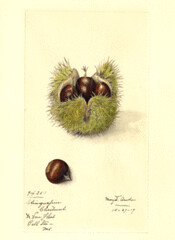
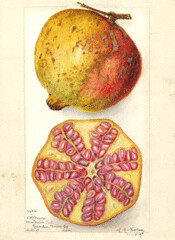

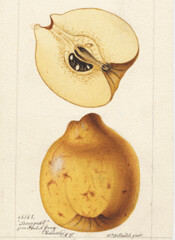




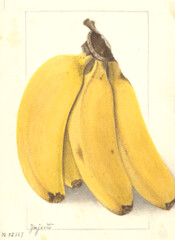

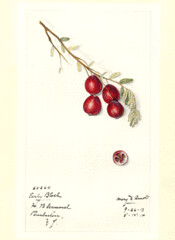
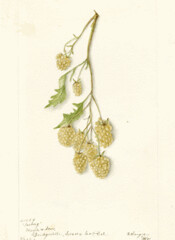
4 Comments:
Wow. I have never even heard of a butternut, other than the squash. I would love to try one.
They're really pretty good. I don't know if they're ever produced commercially...There are cultivars that have been selected (such as 'Beckwith', 'Chamberlin' and the atrociously named 'Craxezy'), but I don't know that there's any real industry.
I think the only ones I've had were all collected from the woods. Some people actually harvested them methodically, but we usually just picked around for freshly fallen ones that weren't rotten. They've got a nasty sticky hull, but once you get them open (which is NOT easy...as kids we generally employed a pair of large flat rocks), the flesh is really good, kind of a sweet, oily walnut.
I'd always assumed the "butter" part of the name came from the oily nut, but apparently it refers to the color of the wood (which is absolutely beautiful, I might add). I'm not sure what the connection to the squash is.
We used to have several trees in our yard in Ohio when I was a kid. They were really sticky and then later after they dried they were horrible to step on in bare feet.
We'd collect them and dry them in the attic and spend the winter cracking them. They're not as meaty as walnuts and taste quite a bit like hickory nuts. They're very hard to crack (well, hard for a 10 year old).
They were really pretty trees though, tall & stately.
Low doc home credits are extremely famous among individuals who are independently employed or contracted on the grounds that it permits them to express their pay in the application procedure. cash advance
Post a Comment
<< Home